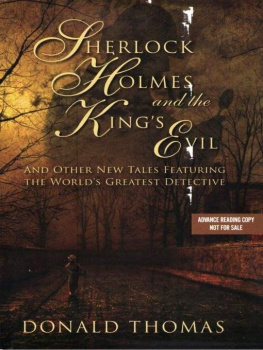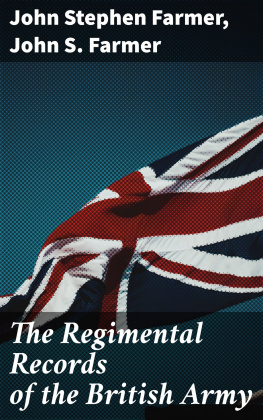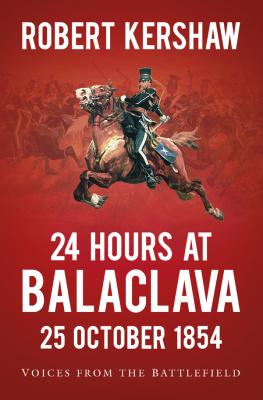First published in 1974
This edition first published in 2016
by Routledge
2 Park Square, Milton Park, Abingdon, Oxon OX14 4RN
and by Routledge
711 Third Avenue, New York, NY 10017
Routledge is an imprint of the Taylor & Francis Group, an informa business
1974 Donald Thomas
All rights reserved. No part of this book may be reprinted or reproduced or utilised in any form or by any electronic, mechanical, or other means, now known or hereafter invented, including photocopying and recording, or in any information storage or retrieval system, without permission in writing from the publishers.
Trademark notice: Product or corporate names may be trademarks or registered trademarks, and are used only for identification and explanation without intent to infringe.
British Library Cataloguing in Publication Data
A catalogue record for this book is available from the British Library
ISBN: 978-1-138-90784-3 (Set)
ISBN: 978-1-315-67905-1 (Set) (ebk)
ISBN: 978-1-138-92706-3 (Volume 23) (hbk)
ISBN: 978-1-315-68282-2 (Volume 23) (ebk)
Publishers Note
The publisher has gone to great lengths to ensure the quality of this reprint but points out that some imperfections in the original copies may be apparent.
Disclaimer
The publisher has made every effort to trace copyright holders and would welcome correspondence from those they have been unable to trace.
CHARGE! HURRAH! HURRAH!
A Life of Cardigan of Balaclava
DONALD THOMAS
First published in 1974
by Routledge & Kegan Paul Ltd
Broadway House, 6874 Carter Lane,
London EC4V 5EL
Set in Monotype Bell
and printed in Great Britain by
W & J Mackay Limited, Chatham
Donald Thomas 1974
No part of this book may be reproduced in
any form without permission from the
publisher, except for the quotation of brief
passages in criticism
ISBN 0 7100 7914 1
The life of the 7th Earl of Cardigan has been long overshadowed by his leadership of the charge of the Light Brigade at Balaclava. Indeed, the whole of his career has, perhaps inevitably, been coloured by historical judgments passed on that incident. He was, according to some interpretations of that event, an aristocratic and self-important fool, who contributed in great measure to the destruction of the British cavalry. In another view, he seemed a man of the most redoubtable physical and moral courage, who was in no way responsible for the error but whose example and self-discipline saved the greater part of his men.
Yet the Balaclava incident was merely one of several peaks in Cardigans career, which included the most remarkable proceedings for divorce, criminal conversation, and criminal libel; one of the greatest court-martial scandals of the century; a very public and un-Victorian love affair with a woman hardly more than half his own age; a number of matters of honour, one of which brought a charge of intent to murder and earned him the distinction of being the only Victorian peer to be tried by the House of Lords.
In the panorama of Cardigans life, for all the popular appeal of the Light Brigade story, the fashions of regimental life in the 1840s or 1850s may seem as sensational in their own way as the Balaclava charge. In a still wider perspective, Cardigan was as much a figure in the clubs of St Jamess or the life of the Shires as he was in the 11th Hussars. In recent years there has developed a fashion for unearthing the Other Victorian way of life, which furtively repudiated the social and sexual morality of the court and of middle-class convention. This furtive rebellion was dependent on the exploitation of an urban working class, whose squalor and hunger proved an infertile soil for the seeds of evangelical morality. Yet there was a quite different Other Victorian fashion, which Cardigan typified in many respects. It was military and sporting, patrician and gallant. Its principal chronicles were not the Morning Post or the Radical press, but such papers as the Age or Bells Life in London, the sketches of Nimrod, and the memoirs of society beauties. Lacking the inhibitions of the middle class, it was usually self-contained even in its sexual indiscretions.
In the earlier Victorian period the adherents of this fashion were deprived of the royal favour which was ungrudgingly shown them by George IV and William IV. However, they remained at their ease in the clubs of St Jamess, in the mess of many a cavalry regiment, in the Royal Yacht Squadron, or at the meetings of the Pytchley and the Quorn. On the whole, they held their place by right of birth, yet theirs was a society which, as in the case of Catherine Walters, Skittles, was open to an accomplished courtesan, however humble her origin. By the 1840s, it seemed that such a way of life must be no more than the last, dying spasm of Regency indecorum, yet even Cardigan lived long enough to see it reborn in the 1860s as the alternative style of high life preferred by the Prince of Wales and his followers.
In their misbehaviour, Cardigan and his contemporaries were rarely furtive, neither did they repudiate traditional social morality. With an eighteenth-century flair for compromise, they did not insist or expect that a mans physical or emotional requirements should necessarily match his moral aspirations. The Christian duty of forgiving enemies, for instance, did not overrule the satisfaction of calling them out on the duelling ground. In general terms, the negative respectability which consisted of not doing wrong seemed infinitely less attractive than an allowance for breaches of the moral code which was repaid by benevolence and generosity in another sphere.
Cardigans reputation has by no means received uniform treatment in those books which have described his career. He has been dealt with critically by Cecil Woodham-Smith in The Reason Why, more sympathetically by Joan Wake in The Brudenells of Deene, and Piers Compton in Cardigan of Balaclava. His faults were under posthumous examination at least as long ago as Kinglakes Invasion of the Crimea: his virtues were less often and less loudly proclaimed. Yet, on the evidence, it hardly seems that his flagrant misconduct and his undoubted courage or benevolence mitigate one another. However inconvenient it may be in terms of twentieth-century psychiatry, the best and the worst that was said of him appeared equally true.
To deal with Cardigan purely in modern terms, to doubt the motives of his benevolence and recoil from his belligerence, makes for a tedious predictability of judgment. I have chosen, so far as possible, to present him in the context of his own time and in the light of those values to which he and his contemporaries owed their allegiance.
Among the many debts of gratitude incurred during the period of writing this book, I must first acknowledge the great kindness of Mr Edmund Brudenell of Deene Park. I owe it to his generosity in giving me access to the Brudenell family papers, and in allowing me to quote from them, that this book was written at all.















